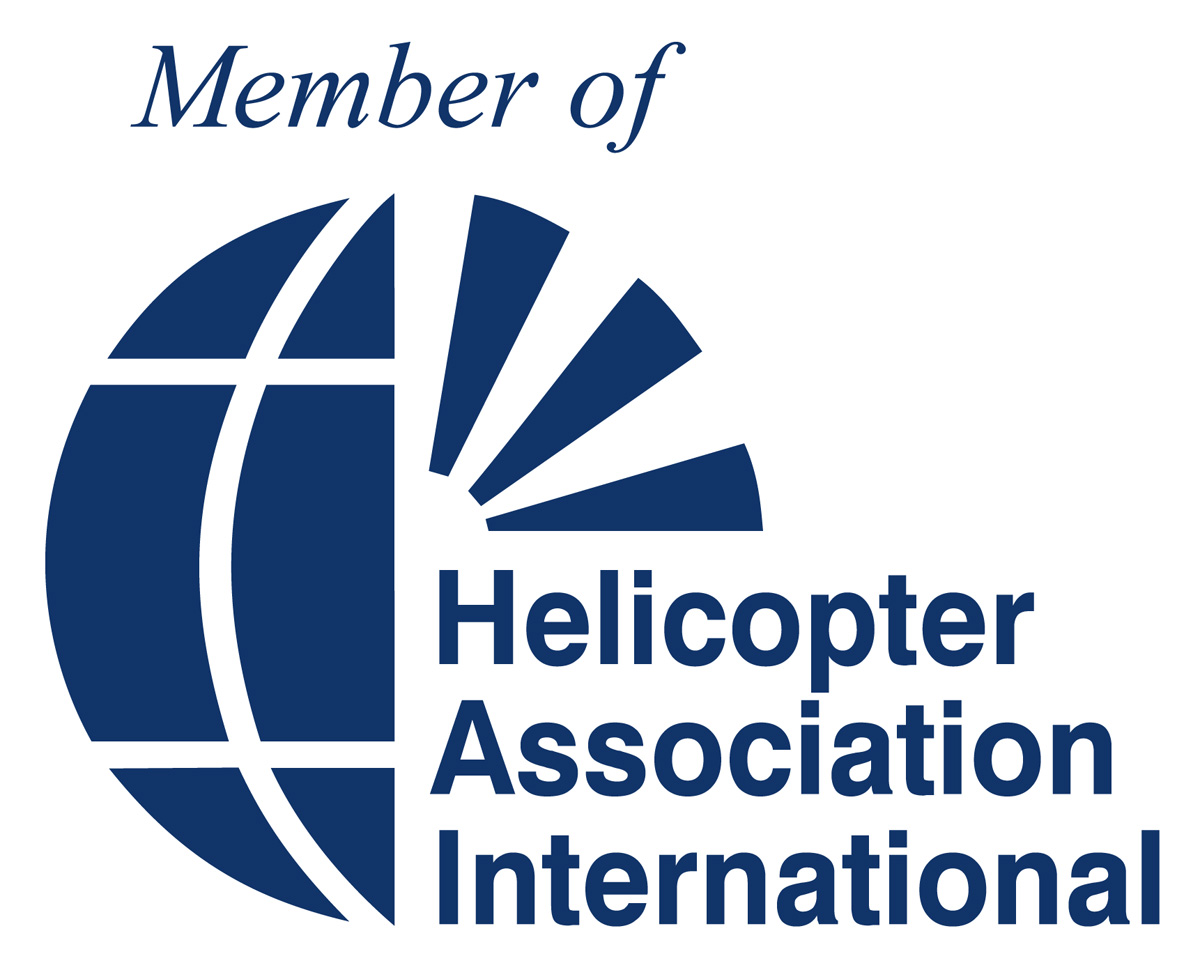Bristow has a 36-year history of providing UK Search and Rescue services – Employment opportunities anticipated for the UK workforce in facilities, aircraft manufacture, and operations – Contract expected to generate approximately $2.5 billion in revenue
HOUSTON, March 26, 2013 /PRNewswire via COMTEX/ — Bristow Group Inc. the leading provider of helicopter services to the offshore energy industry, announced today that The Department for Transport in the United Kingdom has awarded its UK affiliate Bristow Helicopters Limited (Bristow Helicopters) a new contract to provide civilian Search and Rescue (SAR) services for all of the UK. The SAR services contract has a phased-in transition period beginning in April 2015 and continuing to July 2017 and a contract length of approximately ten years.
Under the terms of this contract, Bristow Helicopters will provide 11 Sikorsky S-92 and 11 AgustaWestland AW189 helicopters that will be located at ten bases across the UK. Each SAR base will operate either two S-92s or two AW189s. In addition to the ten bases with 20 aircraft, there will be two fully SAR-equipped training aircraft that can be deployed to any base as needed.
William E. Chiles, President and Chief Executive Officer, said, “We are honored that our affiliate Bristow Helicopters was selected by The Department for Transport to provide this vital service for the people of the United Kingdom. This award will employ 22 of the world’s most technologically advanced and safest helicopters which will dramatically improve the capability to save lives and significantly reduce the UK Government’s costs for the next decade. It is planned that some of the military personnel currently involved in SAR in the UK will join Bristow Helicopters to work under this contract, and we look forward to welcoming them into the Bristow family.”
In early 2012, Bristow Helicopters was awarded a Gap SAR services contract that commences in July 2013, utilizing four, latest technology S-92 helicopters based in Scotland at Stornoway and Sumburgh. The Gap SAR contract is expected to run for about four years until transition occurs for these two bases to the new longer-term contract announced today.
Mike Imlach, Bristow Helicopters Managing Director, said, “Bristow Helicopters has a proven reputation for exceptional UK search and rescue services, having performed such services over 36 years with world-class operations that included unmatched flight safety performance, extensive aircrew training, first class maintenance facilities, supply-chain partners, and project procurement and contract management. Affiliates of Bristow Group Inc. currently operate similar search and rescue services in Australia, Brazil, Canada, Cyprus, Dutch Antilles, the Netherlands, Norway, Russia, and Trinidad.”
Under the terms of this new SAR contract, Bristow Helicopters currently anticipates earning approximately $2.5 billion in revenue. Jonathan Baliff, Senior Vice President and Chief Financial Officer, added, “We believe that these contract terms and conditions are transformative from an operational and financial standpoint for our company. The number of helicopters operated, combined with the revenue and earnings generated under this contract, will create both a larger and lower risk company going forward.”
“The total capital requirement for this project is expected to be approximately $1 billion, much of which is dedicated to the acquisition of 22 of the most technologically advanced, SAR-equipped S-92 and AW189 helicopters ever built. We believe that the financing plan based on our company’s capital strength was an important criterion for the selection of Bristow Helicopters to provide this life saving service which requires a high level of safety and on-time reliability, and at higher service levels and lower cost than previously anticipated by the UK government. We are confident that Bristow Helicopters will provide excellent rescue services to the people of the United Kingdom.”
FORWARD-LOOKING STATEMENTS
Statements contained in this news release that state Bristow’s or management’s intentions, expectations or predictions of the future – including its ability to complete and fund the above-referenced SAR services, the timing for beginning the SAR services, expected revenue generation and whether the SAR services will be beneficial to Bristow’s operations are forward-looking statements. Actual results could differ materially from those projected in such forward-looking statement as result of unanticipated circumstances including but not limited to termination of the contract by the Department or higher costs. Additional information concerning factors that could cause actual results to differ materially is contained from time to time in Bristow’s SEC filings, including but not limited to Bristow’s annual report on Form 10-K and quarterly reports on Form 10-Q. Bristow Group Inc. disclaims any intention or obligation to revise any forward-looking statements, including financial estimates, whether as a result of new information, future events or otherwise.
ABOUT BRISTOW GROUP INC. Bristow Group Inc. is the leading provider of helicopter services to the worldwide offshore energy industry based on the number of aircraft operated and one of two helicopter service providers to the offshore energy industry with global operations. The Company has major transportation operations in the North Sea, Nigeria and the U.S. Gulf of Mexico, and in most of the other major offshore oil and gas producing regions of the world, including Alaska, Australia, Brazil, Canada, Russia and Trinidad. For more information, visit the Company’s website at www.bristowgroup.com.
Contact: Linda McNeill
Bristow Group Inc.
(713) 267-7622
Bristow Group is has a long history of supporting Helicopter and rotor safety, compliance, safety assurance, quality management, and safety integration. As an active member of Helicopter Association International (HAI Safety) and promotes Helicopter Safety Management to the industry



